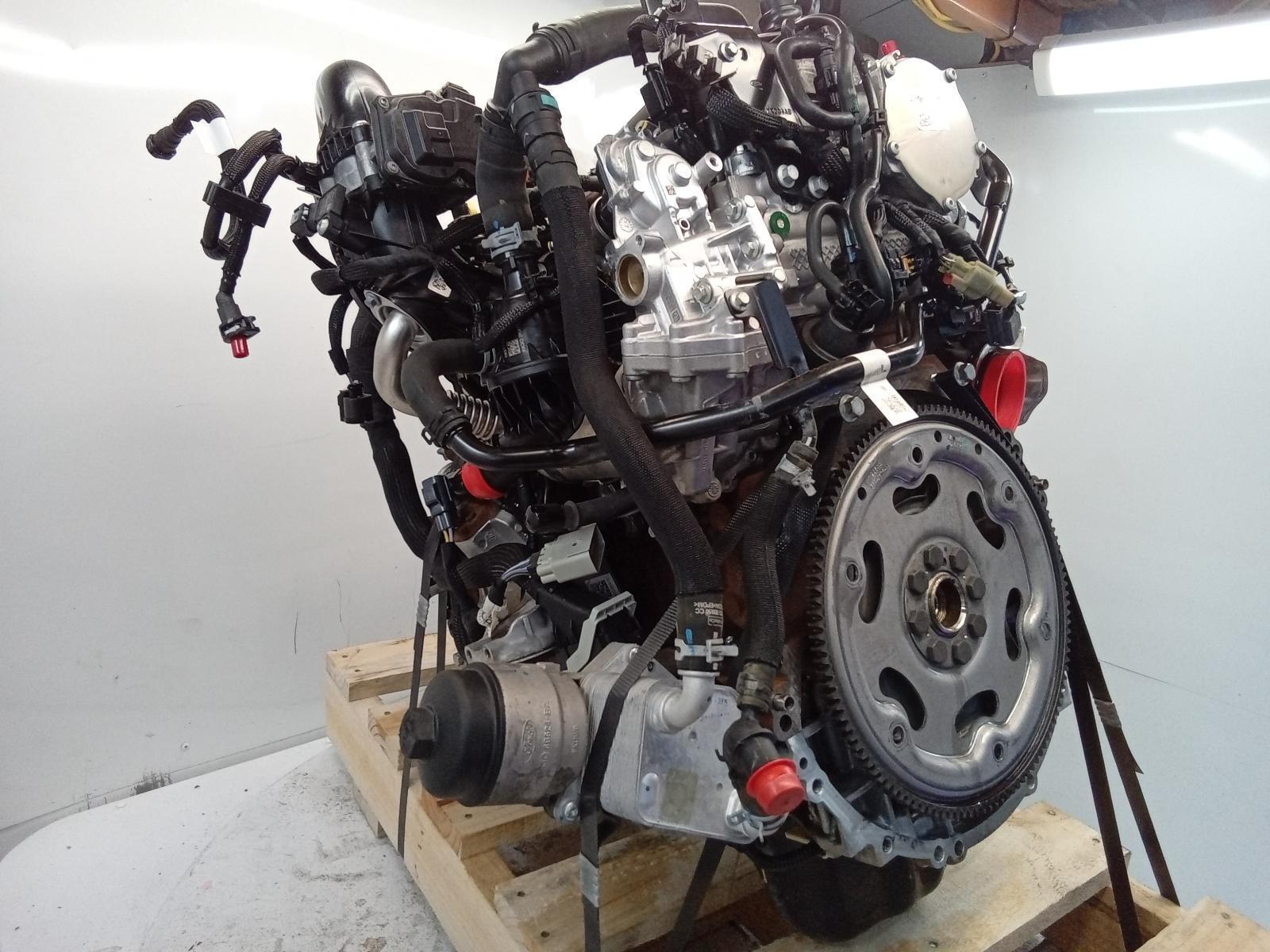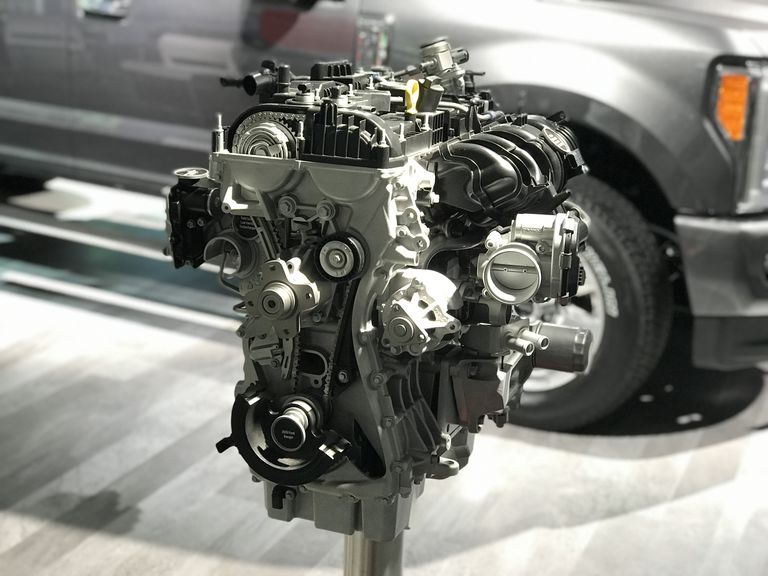Comprehending the Essentials of Automobile Engines: Types, features, and features

Summary of Auto Engines
A car engine works as the heart of a vehicle, converting gas right into mechanical energy to propel it ahead. This intricate system makes up different parts that work in unison to make certain ideal performance and performance. The essential operation of a vehicle engine entails the interior combustion procedure, where fuel and air are blended, stired up, and removed to develop power.
The engine's layout can dramatically impact its efficiency, gas efficiency, and emissions. Secret components consist of the cyndrical tube block, pistons, crankshaft, and camshaft, each playing a vital function in the engine's general feature. The cylinder block houses the cyndrical tubes where combustion occurs, while the pistons transform the explosive energy from burning right into linear motion. This motion is after that transformed right into rotational energy by the crankshaft, making it possible for the automobile's wheels to turn.
Along with these elements, engines frequently use numerous systems such as fuel injection, ignition, and cooling down systems to improve efficiency and longevity. Understanding the standard technicians of automobile engines is crucial for carrying out and detecting issues maintenance, inevitably adding to the car's dependability and efficiency in time.

Kinds Of Vehicle Engines
Automobile engines can be classified into numerous types based upon their layout, gas type, and functional principles. 2.2 ford ranger engine. One of the most typical groups include internal combustion engines (ICE), electrical engines, and crossbreed engines
Inner burning engines, which can be additional split right into gas and diesel engines, operate by igniting a fuel-air blend to produce power. Gasoline engines are generally lighter and smoother, while diesel motor are much more fuel-efficient and offer higher torque.
Electric engines make use of electric energy saved in batteries to power an electric motor, supplying instant torque and absolutely no emissions throughout procedure. As innovation breakthroughs, electric automobiles (EVs) are progressively becoming preferred for their environmental benefits and reduced running prices.
Hybrid engines incorporate components of both interior combustion and electrical engines, permitting flexible power resources and enhanced fuel effectiveness. They can operate in various modes, making use of either the gasoline engine, the electrical motor, or both all at once.
Each kind of engine has unique benefits and negative aspects, influencing their application in various automobile kinds and market sectors, from small cars and trucks to durable trucks. Comprehending these types is essential for making notified choices pertaining to car option and efficiency expectations.
Engine Functions Discussed
Comprehending engine features is crucial for realizing how vehicles operate efficiently. At the core of any kind of interior burning engine lies the basic procedure of transforming gas right into power. This procedure starts with the consumption stroke, where air and gas are drawn right into the combustion chamber. Following this, the compression stroke compresses the air-fuel mix, enhancing its temperature level and stress.
The ignition happens following, sparking the blend and producing a fast growth of gases. This pressure drives the piston down throughout the power stroke, which ultimately converts into the rotational motion of the crankshaft. The exhaust stroke after that removes the invested gases from the chamber, giving way for a new cycle to commence.
Along with these key functions, engines also include systems that manage cooling and lubrication, making certain ideal operational temperature levels and minimizing rubbing in between moving components. This complex interplay of functions makes it possible for the engine to generate the power necessary for vehicle propulsion while preserving effectiveness and dependability. Recognizing these functions provides beneficial understanding into the intricacies of automotive engineering and enhances the capability to identify and resolve engine-related problems properly.
Secret Engine Features
Engine design includes numerous essential functions that significantly affect efficiency, effectiveness, and durability. One of one of the most important facets is the engine setup, that includes inline, V-type, and level designs. Each configuration affects the engine's size, balance, and power output, thereby impacting overall lorry characteristics.
An additional vital function is the engine displacement, describing the complete quantity of all cyndrical tubes. Larger displacements commonly produce even more power but may jeopardize fuel performance. Engine materials likewise play a critical role; high-strength and light-weight materials, such as aluminum and magnesium alloys, improve efficiency without adding excessive weight.
The kind of gas shot system utilized-- such as multi-port or direct shot-- impacts combustion efficiency and discharges. Supercharging and turbocharging are functions that boost engine efficiency forcibly added air from this source into the combustion chamber, boosting read power output without considerably raising engine dimension.
Lastly, the existence of sophisticated engine management systems optimizes fuel-air combination and ignition timing, contributing to smoother procedure and far better gas economic climate. Collectively, these features specify an engine's capacities, setting the foundation for its efficiency and long life in an affordable automobile landscape.
Maintenance Tips for Engines
Appropriate engine upkeep is critical for guaranteeing optimal efficiency and long life, as ignoring regular treatment can result in substantial concerns down the line. To maintain your engine successfully, begin with regular oil adjustments, typically every 3,000 to 7,500 miles, relying on the kind of oil used. Fresh oil lubricates engine elements, lowering rubbing and wear.
In addition, monitoring coolant degrees is crucial to prevent getting too hot. Guarantee that the coolant is topped up and is in excellent problem to maintain effective temperature law. Frequently change and check air and fuel filters, as clogged filters can prevent air flow and gas delivery, jeopardizing engine effectiveness.
Moreover, pay interest to spark plugs and ignition systems. Used or faulty spark plugs can cause misfiring and minimized efficiency. Checking the battery terminals and connections for deterioration is additionally necessary, as a weak battery can impact engine starting.

Conclusion
In recap, a thorough understanding of cars and truck engines includes different types, features, and vital functions that significantly affect vehicle efficiency. Interior burning engines, along with electric and hybrid options, demonstrate varied devices for power conversion. 2.2 ford browse around this site ranger engine. Recognizing the crucial functions, such as consumption and exhaust cycles, along with critical engine attributes like setup and gas injection systems, furnishes automobile proprietors with the expertise essential for effective maintenance and procedure, eventually boosting automobile durability and performance
An auto engine offers as the heart of a lorry, converting gas into mechanical power to push it onward. The basic procedure of a cars and truck engine entails the inner burning procedure, in which gas and air are mixed, ignited, and expelled to create power.
Regularly evaluate and change air and fuel filters, as clogged up filters can hinder airflow and fuel delivery, jeopardizing engine effectiveness. - 2.2 ford ranger engine
In summary, a detailed understanding of vehicle engines includes various types, functions, and crucial attributes that significantly affect vehicle performance. Acknowledging the necessary features, such as intake and exhaust cycles, along with important engine attributes like setup and gas shot systems, furnishes automobile proprietors with the knowledge necessary for reliable maintenance and procedure, inevitably enhancing automobile longevity and effectiveness.